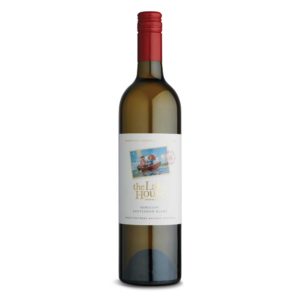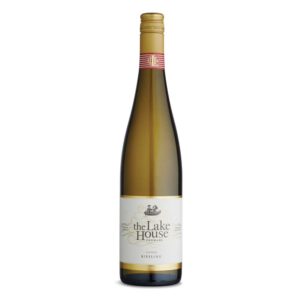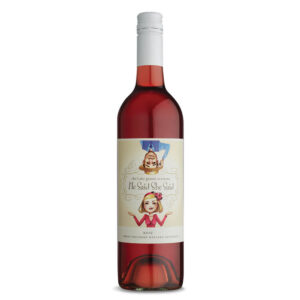There’s more to cool climate wines than the climate (although that plays a crucial role).
Let’s find out just what makes this type of wine so special.
Denmark in Western Australia’s South West is renowned for many things: pristine beaches, towering trees, beautiful forest-lined drives, and… cool climate wines. The region’s diverse offering of top-quality, cool climate drops has been luring wine enthusiasts and connoisseurs to the picturesque wineries, cellar doors and vineyards of the Great Southern Wine Region for decades, some of whom have left behind plenty of stars, trophies and accolades. There’s no doubt that cool climate wines have a little extra sparkle, but what exactly makes these tasty tipples so special?
Temperature
If you hadn’t already deduced from their name, cool climate wines are just that – wine produced in cool climates. The definition of “cool climate” wines, however, varies from source to source. Wines are generally given the label if their grapes are grown in an area that has an average summer temperature below 19.5 degrees Celsius or is located above 400m in altitude.
In Denmark, where The Lake House Denmark is located, the mean January temperature is significantly lower than much of the state. The region also sees plenty of heavy rainfall throughout the winter months, making it the ideal location for producing the best of cool climate wines.
Temperament
Concentrated sunlight and cooler air temperatures create the perfect conditions for long ripening periods. When grapes ripen slowly, it makes it easier for the sun to penetrate the grape skins and ripen the pips inside. This results in grapes that have a more concentrated flavour, better tannin structure and higher natural acidity. What effect does this have on the liquid in your glass, you ask. Think dry, crisp and light-bodied drops that have tart, fruity flavours like cranberry, raspberry and green apple, and herbaceous and earthy notes.
Terroir
And what of terroir? Here in Denmark you’ll find well-drained, rich and fertile karri and marri loam – soil that’s primed to support the growth of cool climate grapes. Further complementing the nutrient-rich earth in which the grapevines grow is a clean, green and pristine environment void of urban pollution. Something we can attest to having a huge impact on the quality of the finished product!
Cool climate varieties
The first ever vines planted in Denmark were Riesling and Chardonnay – two cool climate varieties that are favoured for their beautifully nuanced and elegant flavours and aromas. Cool climate Chardonnay, Riesling (and Sauvignon Blanc) are renowned for having high acidity, lemon-lime aromas and a very light body. Red wines like Pinot Noir and Merlot also have higher acidity, taste spicy and have a lighter body than warm climate wines of the same variety.
At The Lake House, our cool climate wines are fresh, vibrant and carefully crafted to not only reflect the best of the region’s temperature, temperament and terroir, but to give those who sip them a taste of the good life.

















